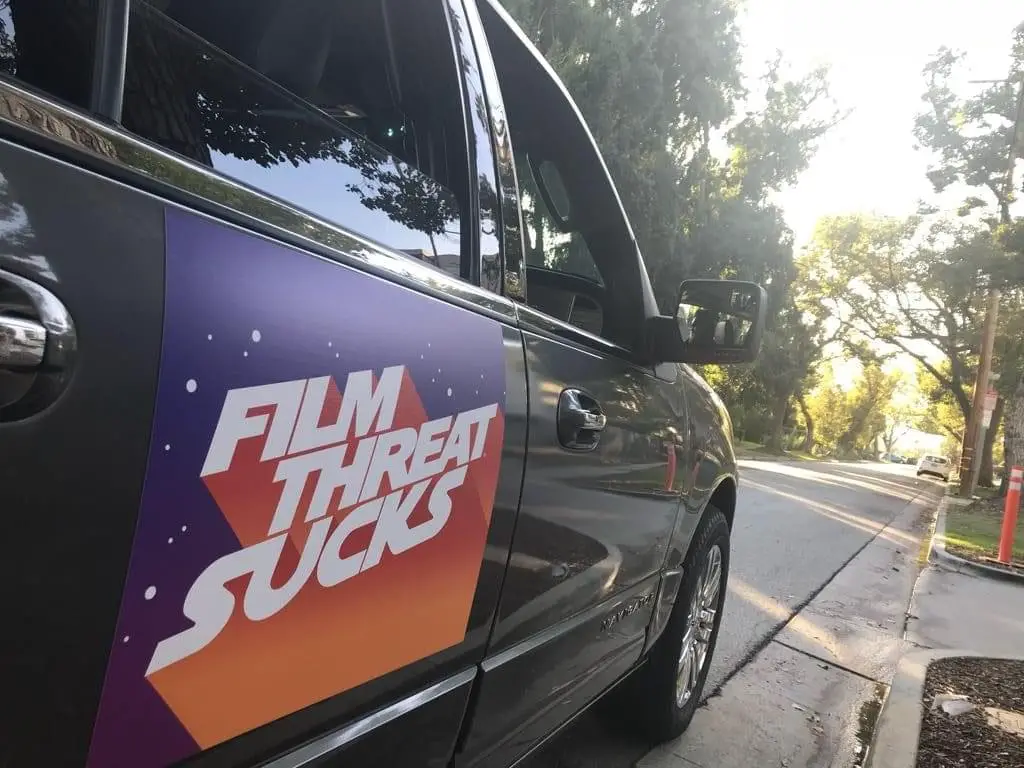
This short, abstract film begins with a dense text (on screen, not on the soundtrack) which consists of words from Faulkner’s novel “Light in August,” rearranged so that they lack linear sense but retain some of the “feeling” of the novel (“Knows under remembers a corridor — believes — in a garbled cold long echoing of a building red brick dark.”) This is followed, after a minute, by footage shot on a grassy green hilltop. The camera swings around wildly, and the image is occasionally upside down. We see various more abstract images, fields of changing colors, images pixelated into shimmering squares. We see some intriguing footage shot from inside a darkened barn of people walking in the sunlight outside. We see ripples in the surface of water, sometimes seemingly sped up or slowed down. At the end of the film we see more of the scrambled Faulkner text, slowly scrolling. Throughout, Burt’s electronic sound score hums, whistles, and screeches.
Block’s notes describe this film as a dialogue between the media of celluloid and video, utilizing complex schemes of rephotographed images. I didn’t experience this dialogue as a visceral part of my viewing experience. For me, the opening text set up the theme: subjective impressions, which were to be cut up, rearranged, and recomposed so as to make them fresh and real once again. The cut up Faulkner text had the effect of making the words more objectlike, more like small nuggets of texture, sound, and connotative meaning, rather than smoothly flowing conveyers of linear thought.
Similarly, the visual images took nuggets of perceptual experience and reshaped them, through camera movement and film processing, until they had a new vitality as perceptual experiences. As the title suggests, the emphasis is on kinetic experiences jammed together, not on linear or narrative structures. The sound score also seemed to reshape ambient sounds such as birdsong and water into new experiences.
